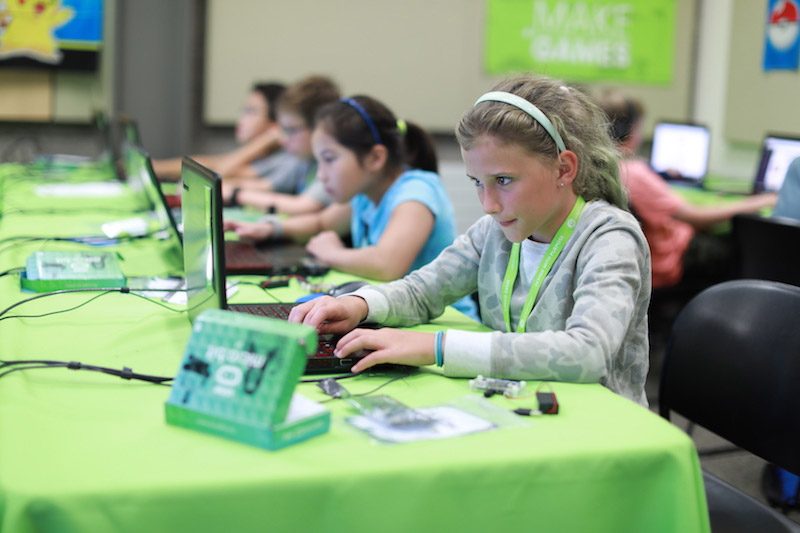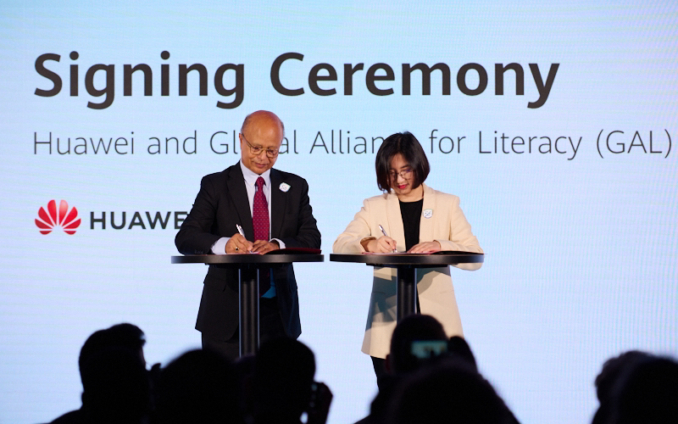In 2023, kids must learn how to code. Early programming helps with cognitive growth, communication, and problem-solving. Coding helps kids achieve and change the world.
Programming is used in almost every business, so all students must learn it. Many students teach themselves this.
45% of students learn to code. What keeps modern schools and colleges from giving such lessons to everyone?
Read also: FG to train 5,000 public servants on digital literacy
3 Major Code Teaching Challenges
1. Lack of Human Resources
First, a teacher shortage makes programming instruction difficult for everyone. Many teachers can teach history, arithmetic, literature, essay writing, and more. Programming teachers are few. YouGov and BJSS found that nearly 70% of teachers believe they lack the expertise to teach coding.
Solution: Several tried-and-true methods can address the teacher shortage. First, mentoring new teachers To teach future experts and make education careers easier.
2. Problems Engaging Students
Programming for student engagement is another problem. It’s scary to add to kids’ already full schedules. Even if they don’t take programming classes, kids in school and college have a lot to do. Students often look at paper-writing service reviews to find writers to help them with their essays. This helps them get their work done.
But not all students will be happy to add a subject, making it much harder for them to participate. Also, it’s hard to get younger kids and kids who don’t like math or technology interested.
Solution: Adding fun things to the classroom makes it easier to get students interested. Adding game-like features to learning is a good way to keep students interested and motivated. A popular way to get people more interested is the “flipped classroom” model.
3. Technology Gap
Lastly, the technology gap will still be there in 2023, especially when it comes to teaching people how to code. UNICEF says that about 1.3 billion kids do not have access to the internet at home. Many kids don’t have the technology they need at home. This can stop young people from learning to code, whether they do it in school or on their own.
To close the technology gap, the government should drop the prices of technology, electricity, taxes, and the Internet. The schools can help. They help already. During the 2022–23 school year, 45% of schools said they gave kids who needed it at home access to the internet. 94% provide smart devices.
Can All Students programme?
It can! Even though there are problems, being able to programme becomes more and more important. Governments and schools like it when kids watch TV at a young age. Problems with technology and a lack of teachers are being fixed.
Also, the business of computer programming is changing quickly. Programming languages are getting easier to use, so more people want to learn them.
Lastly, students may learn to code online in more places. Thanks to Code.org, Coursera, Khan Academy, and others, modern students may teach themselves to code. To keep up with code classes and ordinary academics, kids require support from the best research paper writing service. Kids are doing it more.
The overall overview
There are clear benefits to programming early. Technology also makes it more likely for schools and other places to offer programming lessons. But it’s hard to teach someone how to code. As you know, some students can’t learn programming because of a number of reasons. But things are moving quickly. We think that everyone will soon be able to learn how to programme computers.

